Politics Through the Compound Eyes of 'Tom the Dancing Bug'
by Stephen RothOn the surface, one imagines that the reign of Donald J. Trump would be a gold mine for those who make their living poking fun at politics (remember a verklempt Jon Stewart murmuring "I'm just really happy" after Trump's 2015 escalator ride/presidential campaign announcement? Ah, those were innocent times!).
However, the endless barrage of tweets, scandals and skullduggery on a daily basis can also be overwhelming for cartoonists like Tom the Dancing Bug creator Ruben Bolling. "I feel like I've been temporarily conscripted into service," he quipped. Subject matter for a strip on Monday, for example, could be hopelessly outdated by the time it runs on Wednesday.
Fortunately, Bolling's nimble pen and 28-plus years of experience lampooning the rich and powerful have prepared him well for this, um, unique moment in our country's history. We recently caught up with Bolling (a pseudonym he uses for public purposes) to talk about Tom the Dancing Bug and what fuels the strip's biting satire, dark musings, and colorful characters.
GoComics: "Ruben Bolling" is a curious and memorable name. Is "Ruben" a family name, and why not spell it like the sandwich?
Ruben is a family name (it is my fake name, and I am in my family), and I spell it exactly like my sandwich does.
GoComics: As a cartoonist, what and who have been your biggest influences?
As a kid, it was Peanuts, then Mad Magazine, then Doonesbury (and millions of other comics) that made me want to be a cartoonist. Zippy the Pinhead showed me a way to use different styles of humor, and was pivotal for me finding my voice as a cartoonist. But my biggest inspirations in writing probably are from TV comedy, specifically sketch comedy: SNL, Monty Python, Kids in the Hall, Mr. Show and on and on.
 Original pencil and ink work for Nov. 16's Tom the Dancing Bug.
Original pencil and ink work for Nov. 16's Tom the Dancing Bug.
GoComics: When did you develop an interest in politics? When did you decide you wanted to be a political cartoonist?
I still haven’t decided to be a political cartoonist! Since the rise of Trump, I feel like I’ve been temporarily conscripted into service. Tom the Dancing Bug began as an apolitical comic strip, and I was fairly uninterested in politics when I started it. At some point, I realized that politics is another subject I can use to come up with my weekly idea — one more thing I can try to be funny about each week. As I introduced more and more politics in the strip, I got more attention, and I started to get more personally interested and invested. It’s reached a fever pitch right now, but I still hold out hope that someday soon the comic will start to reach a different equilibrium.
GoComics: What made you decide to make Tom the Dancing Bug a multi-paneled satire, rather than the traditional, single-panel political cartoon?
Probably because of my interest in sketch comedy, I’ve never been that interested in single-panel gags. When I first started the comic strip in school, with no art training, and no art supplies, I was using 8.5”x11” copy paper to draw the comic, and that’s why the comic has the dimensions it has today. And my idea at that time, if I could have articulated it, would have been that Tom the Dancing Bug would be a weekly Mad Magazine multi-panel, premise-based page, in which I would be the entire gang of idiots.
GoComics: How do you decide when you want to parody a well-known publication, show, product or brand? What stands out to you and makes you decide something is worthy of lampooning?
I have a lot less control over what I write about than people would guess. I’m not talented enough to pick a subject or a target and then be sure I’ll come up with a great comic. Nor do I think of lots of comics ideas and then choose the best one. My process is that I stare at a blank piece of paper for a long time, or write very stupid things on it, and then, eventually, suddenly, one idea comes to me. One. And that’s the Tom the Dancing Bug for that week.
GoComics: When you think of a Tom the Dancing Bug strip that generated the most buzz (pun intended), what strip quickly comes to mind, and why?
The ones that come to mind, because I just drew the second one recently, are my 21st Century Busytown comics, in which I draw a Richard Scarry page of happy little animals doing jobs in a small town. But instead of the plumbers and nurses Scarry drew in the 1950s, the 21st century jobs are things like YouTube celebrity and Nigerian prince impersonator. Both of these comics have gotten huge, outsized reactions, and that’s been a lot of fun. It does kind of hurt my feelings when I think that, in many of my most popular comics, I’m imitating the drawing style of someone else.
GoComics: Among your recurring features ("Lucky Duck," "God-Man," "Super-Fun-Pak Comix," etc.) which do you most enjoy writing and drawing?
This changes over time, but right now I like doing Super-Fun-Pak Comix, because they (usually) give me a nice, clean break from politics. When I’m writing most of my comics, I try to be as smart and clever as I can, but for SFPC, I write by trying to be as dumb as I can. I really do enter a kind of fugue state of idiocy.
GoComics: How did the idea for "Young Brett Kavanaugh" come about? Why did you decide to portray it in the vein of a teenage comic book like Archie?
I thought it would be interesting to juxtapose the innocent teenage parties depicted in the old Archie comics against the dark and deeply disturbing allegations regarding Kavanaugh’s high school parties. See a pattern with the Richard Scarry comics?
GoComics: What's it like creating a political cartoon in the age of Trump? With so much going on in the news cycle, is it sometimes a challenge deciding what to focus on next?
It’s like nothing I’ve experienced in my career. There was a time when I could draw a political comic that wouldn’t be published for two weeks, and it was no problem. Now, I feel like I could draw a comic about a white hot political issue on Monday, and by the time it’s published online on Wednesday morning, three or four huge news stories, scandals, and outrageous statements could have occurred, and readers could be asking, “Why is Ruben Bolling still talking about that old thing?”
GoComics: You’ve also written a series of books for kids, The EMU Club Adventures, that was just endorsed by Diary of a Wimpy Kid author Jeff Kinney. How do you write something so different from your comic strip, which is very much for adults?
It’s because it’s so different that I found it one of the most joyful experiences in my career. It’s been so much fun to write these stories like the ones I used to tell my kids when they were younger. And what’s better than going to events and talking to kids — making them laugh and teaching them about writing and reading? If that’s not an antidote for spending days wallowing in Trumpland, I don’t know what is. I met Jeff at an event — a talk I gave at his store in Massachusetts, An Unlikely Story — and he’s just an amazing, engaging guy. His books were really important to me and my kids, so it was such an honor to find out how he feels about my comic and The EMU Club Adventures.
GoComics: How did you come up with the idea for The Inner Hive? How have the Inner Hive and its denizens been helpful for Tom the Dancing Bug?
The Inner Hive is one of the best things I’ve ever done on Tom the Dancing Bug. I started it in 2012, and I had no idea how important it would become for the strip. Readers sign up by paying a small amount, and then they get the weekly comic emailed to them at least one day before it’s published online, along with some commentary and other stuff like extra exclusive comics, contests and giveaways. It allows me to have a direct relationship with my readers, and it’s been a blast. With the big decline in the print newspaper industry, it’s also become a really critical part of the sustainability of the comic, something I’m enormously grateful to each and every member for. They’re my most important bosses now.
Want more Tom the Dancing Bug? Click here to view every strip dating back to 1998.






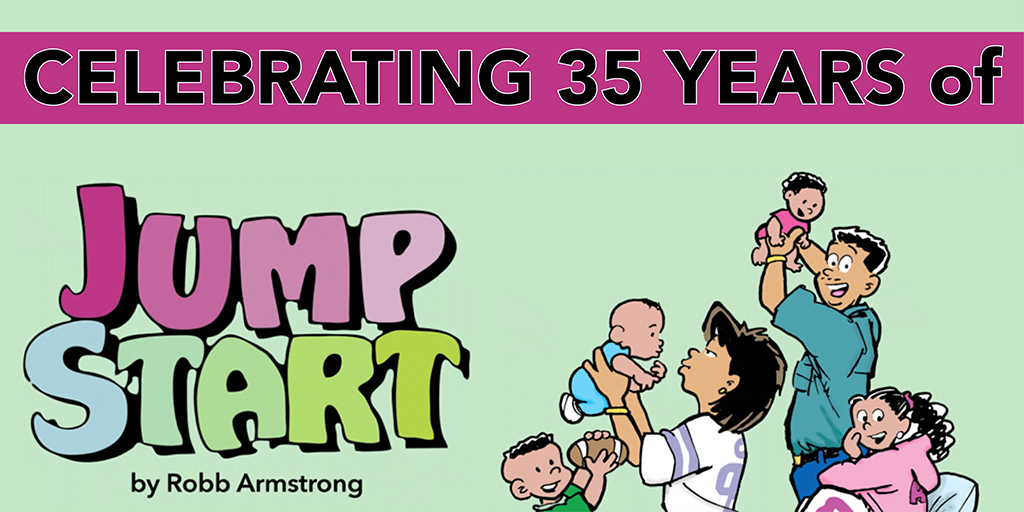
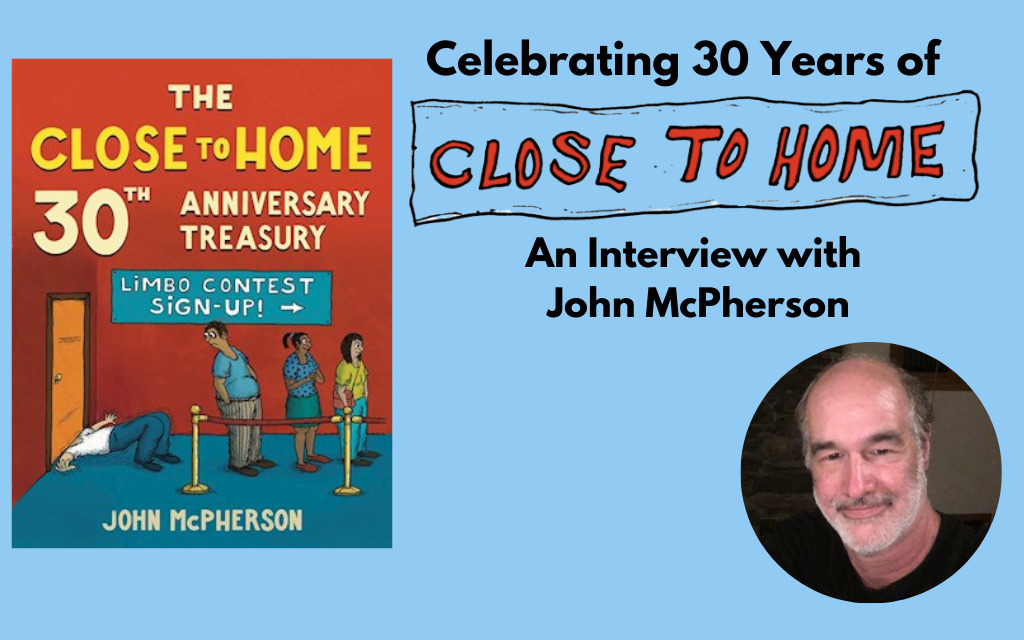

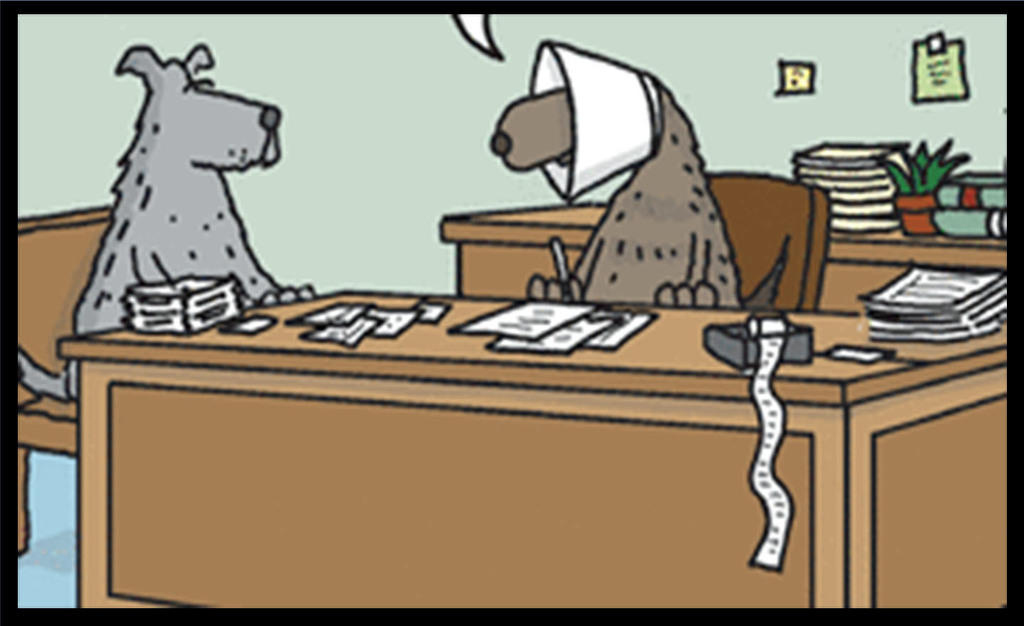
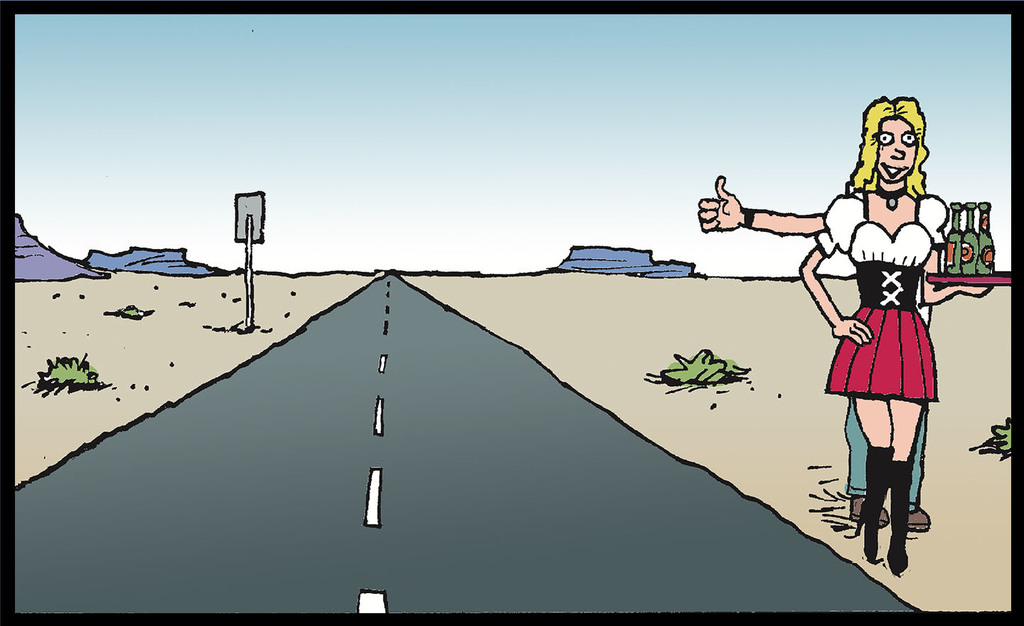
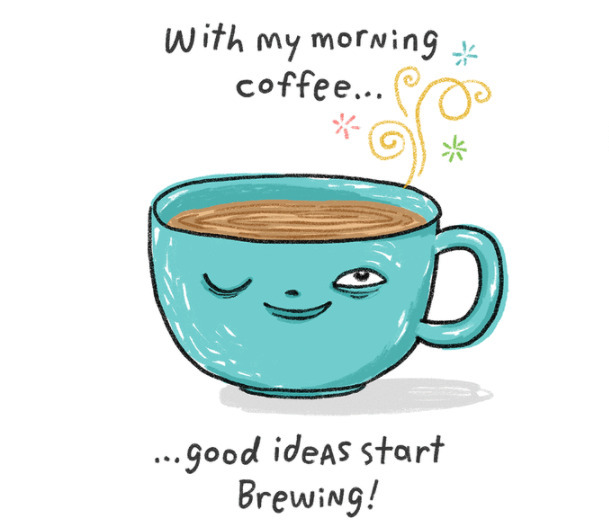

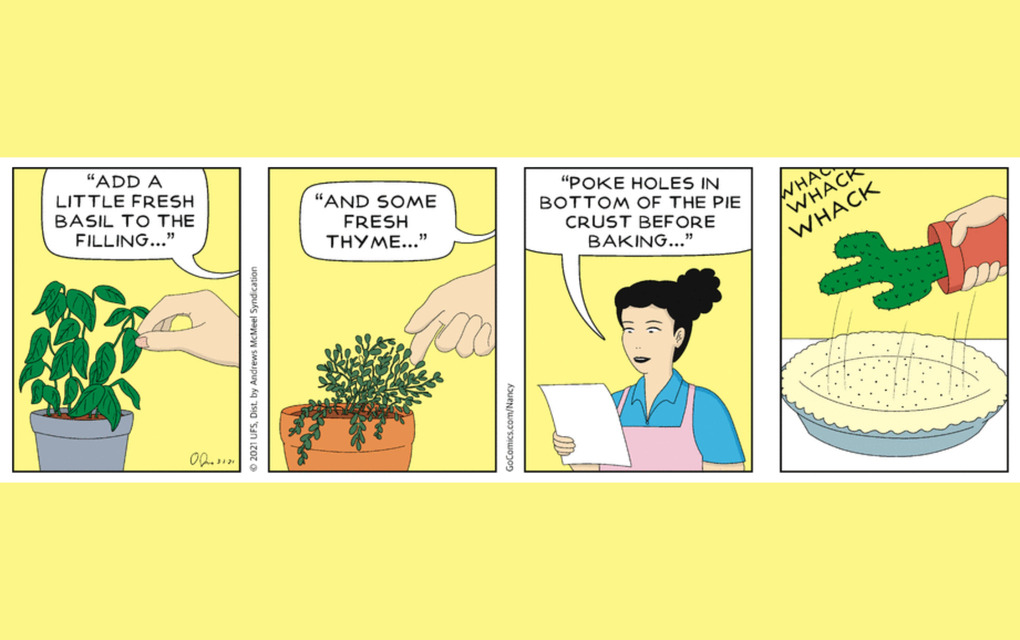
Comments
Featured Comment
Comment Policy
Sign in to comment